Majority of hospitals or healthcare systems would still be relying on paper records, if it weren’t for the HITECH Act.

In 2009, the Health Information Technology for Economic and Clinical Health Act, or HITECH Act, was passed into law. This act was a part of the American Recovery and Reinvestment Act (ARRA) included in President Obama’s stimulus package. The ARRA was meant to help the United States navigate the 2008 recession. The main goal of this act was to:
- Preserve and create jobs
- Assist those affected by the recession
- Improve nationwide infrastructure
- Stabilize state and local governments
This was an ambitious effort to spare jobs. But the result pushed healthcare systems into a modern era of embracing technology. In turn, it provided a more seamless communications and automated office work.
Goals of the HITECH Act
The HITECH Act includes subsections covering:
- Data quality, safety, and efficiency
- Protocol for testing the EMR system
- Rules for grants and loan funding for systems
- Improving privacy and security
- HITECH Act’s relationship with other laws
The HITECH Act works in conjunction with the ARRA and HIPAA to enhance the healthcare system. It is designed to create an environment of improved data sharing and patient safety. It also creates more efficient processes and systems. This law also provides funding for organizations to upgrade their IT infrastructure, so they can take advantage of the new technology.
The HITECH Act also encourages the use of new technologies such as electronic medical records (EMR) and telemedicine. The HITECH Act is promoting a more connected and efficient healthcare system. It does this by providing incentives for healthcare providers to use new technologies.
Before this was passed into law, only 10% of healthcare systems utilized electronic medical record software. However, this software was expensive to purchase and implement so most healthcare systems didn’t investigate implementation. The HITECH Act allowed for incentives for hospitals to adopt the software which helped push adoption nationwide.
The main goals of the HITECH Act were to improve the quality, safety, and efficiency of US healthcare systems. It also gave patients further insight into their healthcare and options to engage with treatment plans.
Another problem patients faced was streamlined communication between specialists and primary care doctors. Implementations of EMR systems helped bridge this communication gap. Overall, this act aided in better health for the American population while the act made sure systems upheld HIPAA protocols.
Ten Years of Healthcare Technology
While this act was signed into law more than a decade ago, it’s still relevant today. Healthcare systems continue to utilize their EMR systems while implementing additional software to help with security and efficiency.
The entire healthcare experience has changed for patients. Now, patients can see exactly how their information is being tracked with accessible charts and information. Doctors can communicate with patients due to messaging capabilities, and specialists can communicate with other doctors with ease.
But this brought more demand: what are other ways that patient care can be streamlined?
Tech Advancements
While healthcare systems have improved, so has technology as a whole. Now with mobile apps, patients can carry all of their data on a smartphone or tablet. This also led to telemedical services which increased during the COVID-19 pandemic. For the first time, patients can engage in a HIPAA-complaint video call with a physician for medical attention.
Some health systems utilize additional software to submit digital insurance claims. This means that nurses can do less paperwork for each patient allowing physicians to still prescribe medical devices to patients.
Learn more about submitting digital claims here.
However, as technology continues to be implemented into healthcare systems, hospitals, and surgery centers become more at risk for cyber attacks.
HIPAA Compliance with Tech
Any person or company with a digital presence is at risk for a cyber attack. However, there are things you can do to increase cyber security.
Compression Solutions’ IT Network Security Analyst JD Keith recommends these four steps for a more secure network:
- Make sure all data is encrypted
- Establish password policies
- Conduct regular security training
- Organize a phishing campaign
For more on how to keep your surgery center’s data secure click here.
